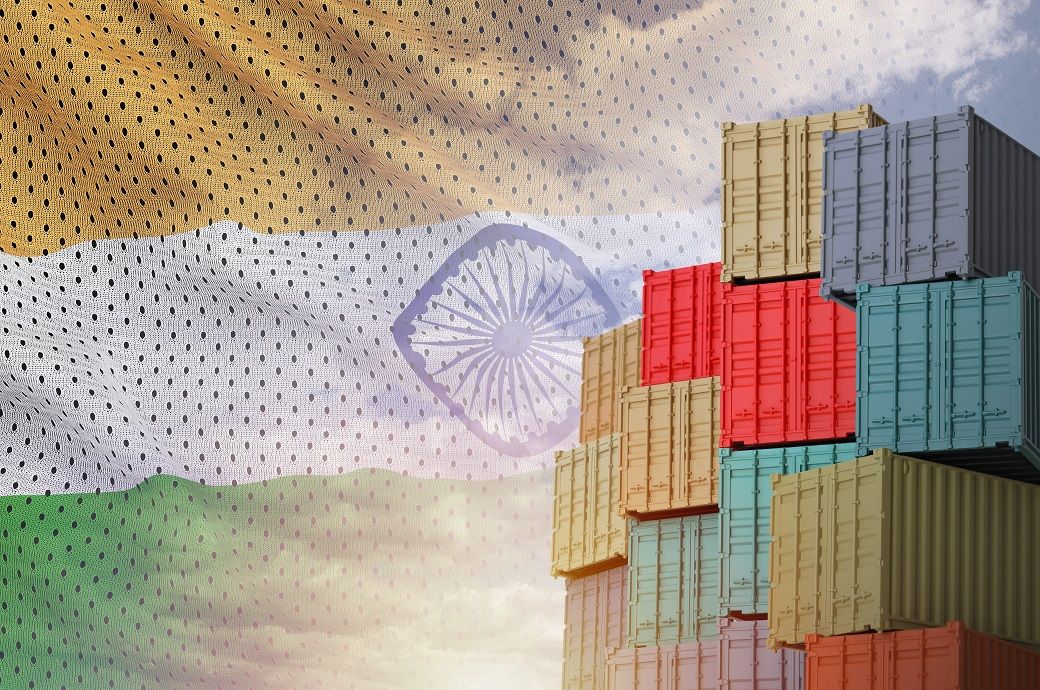
As global trade tensions intensify and the United States recalibrates its economic engagement, the report has revealed that the trade environment has changed significantly. Indian businesses need to be ready to mitigate rising risks while seizing newly emerging export opportunities.
Of the 3,934 Indian product lines exported to the US, over 3,100 now face a flat 10 per cent tariff, while 343 are hit with a 25 per cent rate—placing significant pressure on sectors such as textiles, iron & steel, machinery, and chemicals. Despite these challenges, the report highlights 360 high-potential products—particularly in specialty chemicals, pharma inputs, home textiles, and industrial components—where India is well-positioned to grow its US market share. To help exporters navigate this landscape, products are mapped into four strategic zones: sweet spots, high risk–high reward, margin traps, and non-core, allowing businesses to focus where it matters most.
"This marks an important shift in the global trade landscape," said Arun Singh, global chief economist, Dun & Bradstreet. "India is at a point where thoughtful, strategic steps can help turn current global changes into long-term success. As supply chains diversify and trade policies evolve, Indian exporters have a chance to strengthen their role in key sectors. To fully leverage this shift, India must adopt forward-looking strategies that balance risk management with market expansion, especially in margin-sensitive industries like specialty chemicals, pharmaceuticals, textiles, and advanced manufacturing inputs."
ALCHEMPro News Desk (RR)
Receive daily prices and market insights straight to your inbox. Subscribe to AlchemPro Weekly!